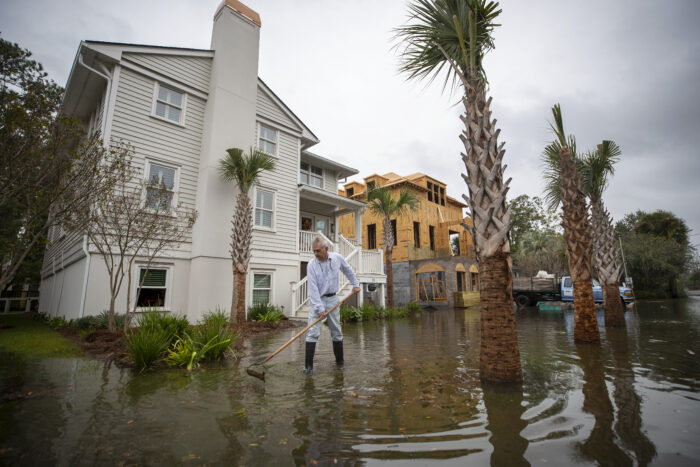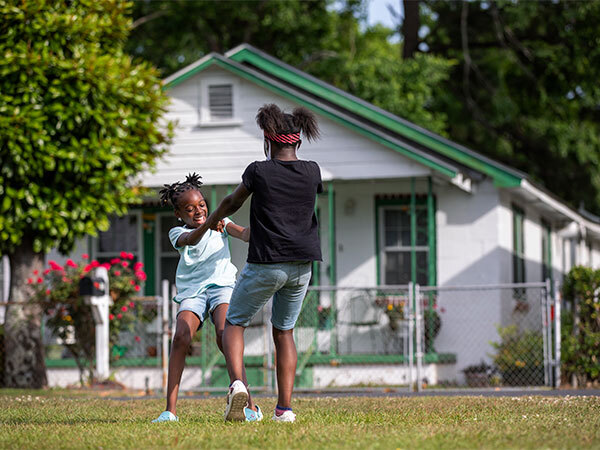How federal climate investments can protect our coast from climate change

Living in Charleston, South Carolina is a daily reminder of the urgency to act quickly to combat climate change. Going to the beach now involves navigating major erosion that makes some access points unusable. Commuting to work means maneuvering around routine tidal flooding or calculating the risk to cars by driving through salt water. With a large coastal population, outsized pollution footprint, deep economic inequity and energy burden, the Southeast is at particular risk as we face down the impacts of climate change.
Thankfully, historic federal climate legislation, the Inflation Reduction Act, is already drawing billions in funding to the Southeast to reduce the causes of climate change and help communities find safety and relief from its immediate impacts. The law is celebrating a birthday, one year since its passage, but the work to protect our communities from the disruptive impacts of climate change will need to continue for years to come.
Climate impacts in the Southeast
This work is especially important in our region and on the coast where I live. Nationally, NOAA scientists predict that sea level will rise as much in the next 30 years as it did in the previous century. Sea levels are rising faster in the Southeast as erosion, currents and sinking land cause more water to be pushed onto our shores. We are feeling the effects: In 1950 Charleston experienced an average of 2-3 tidal flooding events a year. In 2019 we slogged through 89.

Flooding risks in the Southeast have been exacerbated by short-sighted policies that have fueled a boom in growth and development in increasingly vulnerable areas, with few resources for proactive hazard mitigation. Absent flood disclosure rules, new homeowners are often unaware of the risks. Meanwhile, a legacy of structural racism and economic injustice leave people of color, our Gullah communities, and lower-wealth households with greater exposure to climate harms and fewer resources to adapt or relocate. The Inflation Reduction Act provides a chance to remediate these inequities and engage states and local communities in identifying and implementing solutions.
The IRA is investing in our communities

One year after the passage of the climate law we’re already seeing the opportunities become more tangible. The legislation includes more than $3 billion for coastal resilience and has already funded numerous projects throughout the Southeast. For example, a $575 million grant competition is drawing much needed funding to our states to support locally led resilience plans and nature-based solutions such as raingardens, permeable pavement, and greenways that address flooding and improve water quality. Over $6 million is invested in creating living shorelines in underserved communities to reduce coastal risks and protect recreationally and commercially valuable fish species. Over $1.5 billion is being invested to cool city streets, reduce flooding, and increase equitable access to nature by planting trees in urban areas.
A historic opportunity
This is a defining opportunity for the Southeast to be part of the climate solution while urgently planning for and adapting to climate impacts. Nonprofits, private businesses, and state and local governments must overcome bureaucratic inertia, political headwinds, and resource constraints to take bold climate action, and make sure they are prioritizing the needs of residents over special interests. Whether that means working with local solar installers to make affordable clean power available to homeowners paying exorbitant energy bills or directing resources to neighborhoods with few trees and stormwater control, now is the opportunity to shape meaningful solutions to a warming world. Our just, healthy, and climate-resilient future depends upon it.
